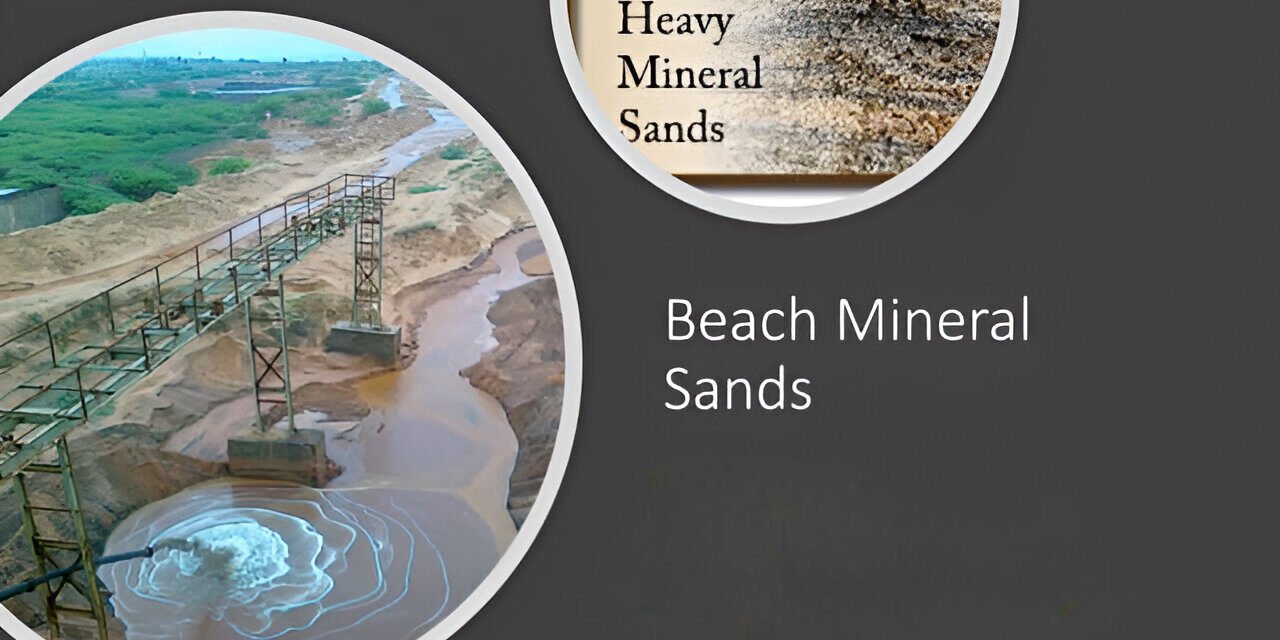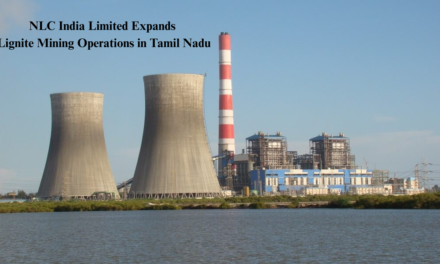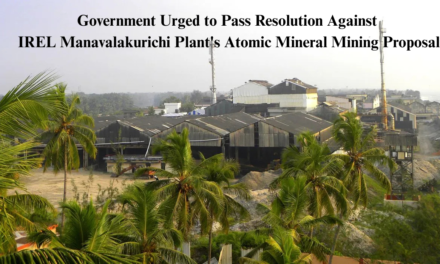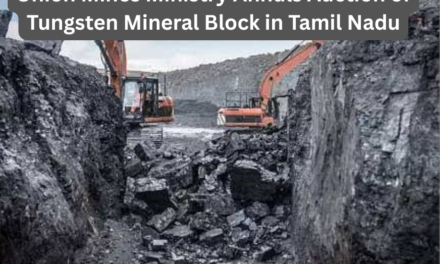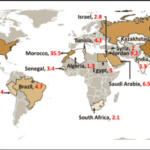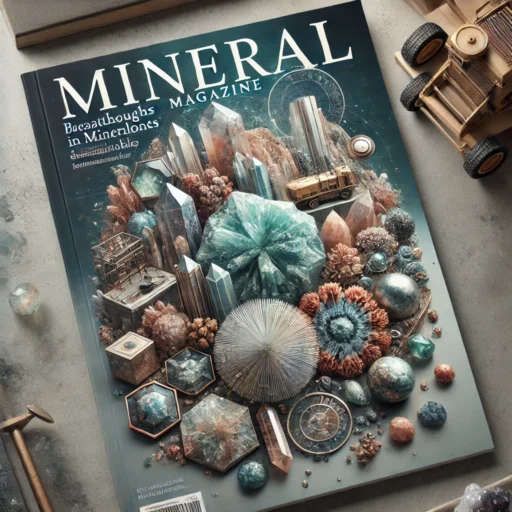India’s rare earth resources are predominantly found in beach sand minerals (BSM), which are rich in valuable elements such as ilmenite, rutile, zircon, garnet, sillimanite, monazite, and leucoxene. These minerals are primarily extracted from coastal regions in states like Kerala, Tamil Nadu, Andhra Pradesh, Odisha, and Maharashtra. The extraction and processing of these minerals are managed by entities like Indian Rare Earths Limited (IREL), a public sector enterprise under the Department of Atomic Energy.
Among these minerals, monazite is particularly significant due to its high content of rare earth elements (REEs). Monazite-bearing sands are abundant along India’s eastern and western coasts, especially in Tamil Nadu and Kerala. The extraction of REEs from monazite is a complex process, involving the separation of thorium and uranium to ensure safety and environmental compliance. The Department of Atomic Energy oversees the management of monazite resources to ensure safe handling and environmental protection.
The Indian government has recognized the strategic importance of these resources and is implementing policies to bolster domestic processing capabilities. IREL has undertaken substantial expansions to increase its processing capacity, including the establishment of the Rare Earths Division (RED) in Aluva, Kerala, and the Odisha Sand Complex (OSCOM) in Odisha. These facilities produce high-purity individual rare earth compounds, contributing significantly to India’s rare earth supply chain.
Despite the abundance of these resources, challenges remain in developing cost-effective and environmentally sustainable extraction methods. Ongoing research and policy initiatives aim to enhance the efficient and responsible extraction and processing of rare earth elements from beach sand minerals, thereby contributing to India’s self-reliance in critical minerals.

